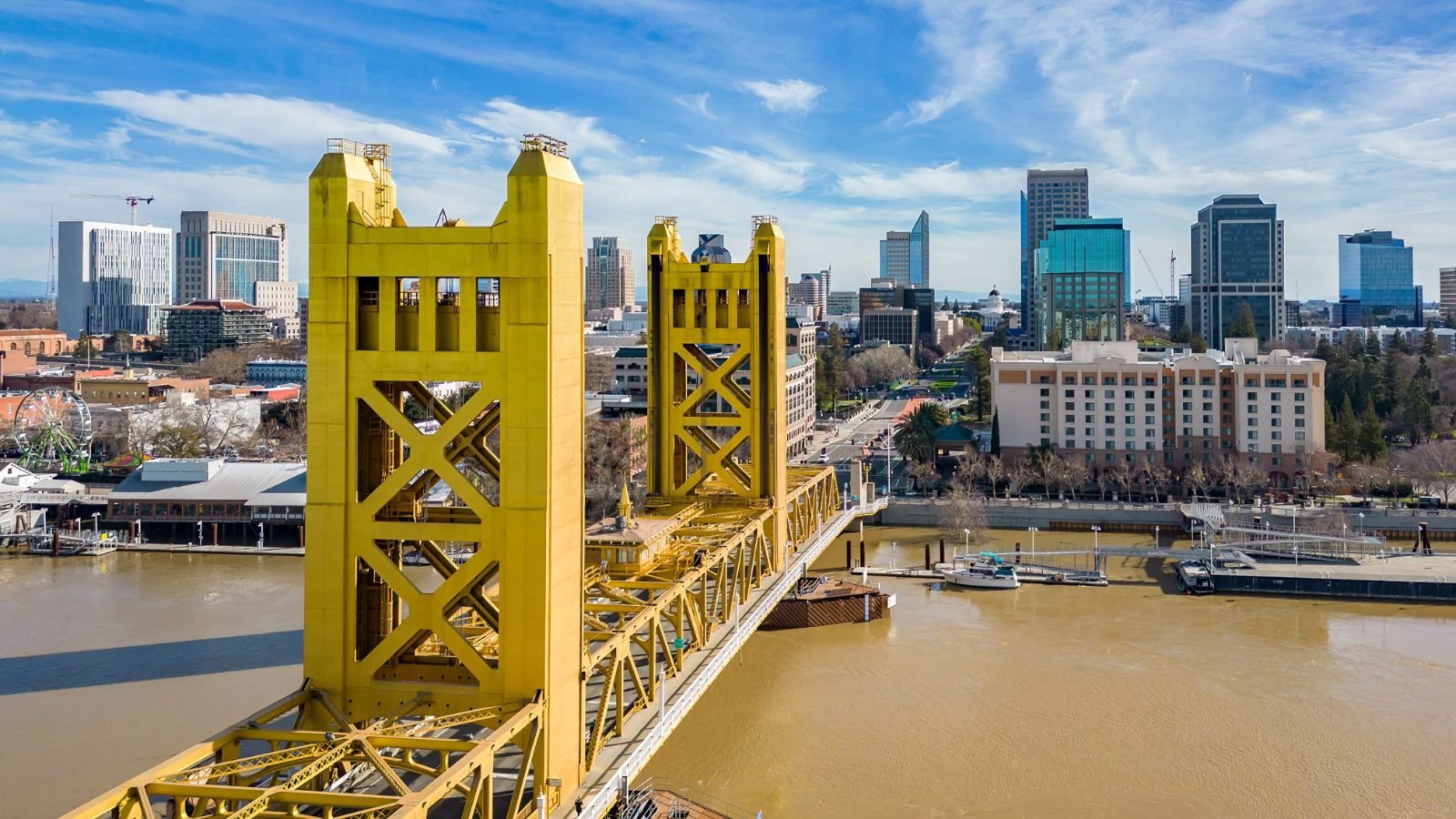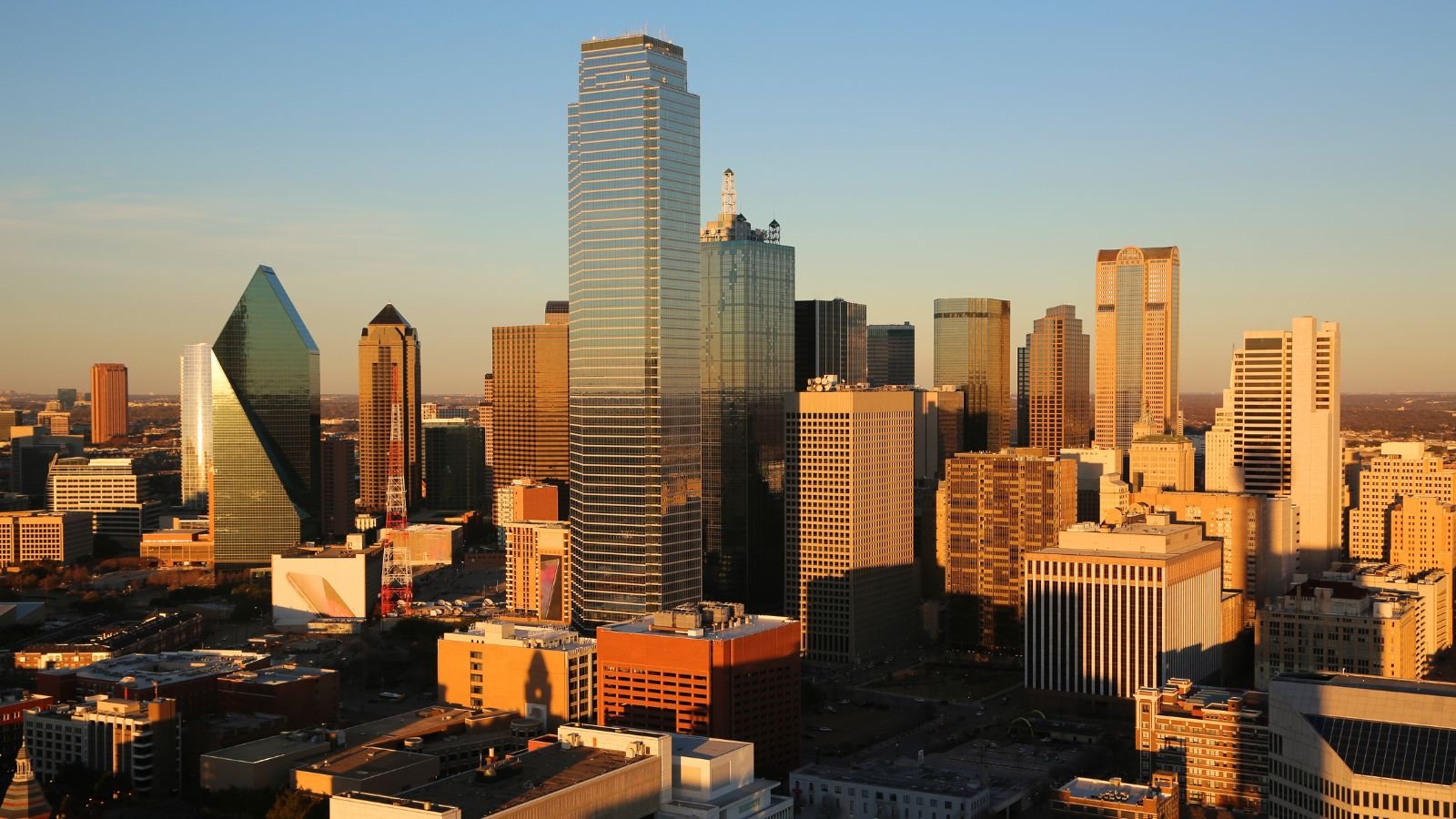The United States is facing an escalating crisis of homelessness. The crisis is affecting urban centers from coast to coast. Many major cities have been battling this issue for a long time.
Here, we list 18 cities that have a high homeless population. This list follows the data from a report by the US News.
New York City, NY

New York City hosts the largest homeless population in the nation due to its high living costs. The city’s shelters often reach capacity, forcing many into less safe conditions. In response, New York has been expanding affordable housing and shelter conditions. However, these efforts require a long time to take effect.
- Homeless population: 88,025
Los Angeles, CA

Los Angeles’s mild climate and vast urban sprawl have made it a hotspot for homelessness. The downtown area, particularly Skid Row, symbolizes the crisis. City officials have pledged to increase funding for services and housing. However, progress has been slow and is also affecting people’s health.
- Homeless population: 71,320
Seattle, WA

Seattle’s rising homelessness rates are closely tied to its booming tech industry. This has led to rising housing costs and, generally, the cost of living. The challenge remains to provide enough support amidst the growing demand. Seattle’s struggle reflects the broader tension between economic growth and housing affordability.
- Homeless population: 14,149
San Diego, CA

In San Diego, high living costs and a shortage of affordable housing have led to homelessness. The city is actively expanding its shelter capacity and connecting individuals with services. Despite these efforts, the number of homeless individuals continues to increase. San Diego’s experience highlights the need for a multifaceted approach.
- Homeless population: 10,264
Denver, CO

Denver’s approach to its growing homeless population centers on a housing-first policy. By prioritizing stable housing, the city aims to address other issues like employment. This policy reflects a broader shift towards more sustainable solutions to homelessness. Denver’s focus on housing is a model for other cities grappling with similar issues.
- Homeless population: 10,054
San Jose, CA

San Jose faces stark contrasts between technological wealth and homelessness. Rapid rehousing programs and support services represent the city’s investment in solutions. These efforts aim to align San Jose’s tech success with its social responsibilities. The city aims to address issues like unemployment that stem from homelessness.
- Homeless population: 9,903
Oakland, CA

Oakland’s homelessness crisis is a reflection of larger housing affordability issues. The city’s response includes creating transitional housing and providing comprehensive support services. These measures are part of a holistic approach to tackling the problem. Oakland’s efforts exemplify the critical need for systemic solutions to systemic problems.
- Homeless population: 9,759
Phoenix, AZ

Phoenix confronts its homelessness issue under the additional challenge of extreme temperatures. Implementing heat relief stations and expanding housing options are among the city’s strategies. These steps are crucial in addressing the immediate needs of the homeless population. Phoenix’s initiatives illustrate the importance of tailoring solutions to local environmental conditions.
- Homeless population: 9,642
Sacramento, CA

Sacramento’s rising homeless population has prompted increased investment in shelters and affordable housing. Despite these efforts, the demand for resources continues to outpace supply. The city’s struggle with homelessness indicates wider state and national trends. Sacramento’s experience highlights the urgency of developing more comprehensive and sustainable solutions.
- Homeless population: 9,281
San Francisco, CA

In San Francisco, homelessness is a visible manifestation of deep economic inequalities. The city is investing in supportive housing and mental health services. However, implementation challenges persist, underscoring the complexity of the issue. San Francisco’s efforts reflect the critical need to combat homelessness effectively.
- Homeless population: 7,582
Las Vegas, NV

Las Vegas deals with homelessness amid a major tourism economy. The city’s response includes opening a new courtyard project offering comprehensive services. Critics have highlighted issues with criminalizing homelessness in public spaces.
- Homeless population: 6,566
Portland, OR

Portland has declared a state of emergency to address its homelessness crisis. The city invests in emergency shelters, rapid rehousing, and long-term policy changes. These efforts aim to tackle both the symptoms and root causes of homelessness. Portland’s comprehensive strategy underscores the need for multi-layered solutions in urban settings.
- Homeless population: 6,297
Chicago, IL

Chicago faces its homelessness challenge with cold winters and significant economic disparities. Investments in affordable housing and supportive services are central to the city’s strategy. These initiatives provide more than just shelter. They aim for a holistic approach to eliminating homelessness.
- Homeless population: 6,139
Boston, MA

Boston’s high cost of living significantly contributes to its homelessness issue. The city’s “Boston’s Way Home” initiative focuses on ending veteran and chronic homelessness. Housing-first strategies and comprehensive support services are key components. Boston’s targeted approach exemplifies the effectiveness of focusing on specific homeless populations.
- Homeless population: 5,202
Washington, DC

The nation’s capital is making strides in combating homelessness with substantial investments. They have reported successes in ending homelessness among veterans and families. These efforts demonstrate the potential for significant progress with focused strategies. Washington, DC’s initiatives offer a blueprint for other cities facing similar challenges.
- Homeless population: 4,922
Philadelphia, PA

Philadelphia emphasizes prevention and rapid rehousing to combat hopelessness. Supportive services are also integral to the city’s approach, addressing underlying causes. This comprehensive strategy showcases the importance of preemptive measures in homelessness prevention. Philadelphia’s efforts reveal the value of a holistic and inclusive approach.
- Homeless population: 4,725
Fresno, CA

In Fresno, homelessness is exacerbated due to poverty and a shortage of affordable housing. The city’s development of more emergency shelters is a response to this growing issue. Initiatives include job training and health services to address broader needs. Fresno’s actions highlight the critical role of addressing economic factors in combating homelessness.
- Homeless population: 4,493
Dallas, TX

Dallas is enhancing its resources to tackle homelessness. Collaboration with local organizations is a cornerstone of the city’s strategy. This partnership approach aims to leverage community resources effectively. Dallas’s efforts underscore the importance of collective action in addressing homelessness.
- Homeless population: 4,244
